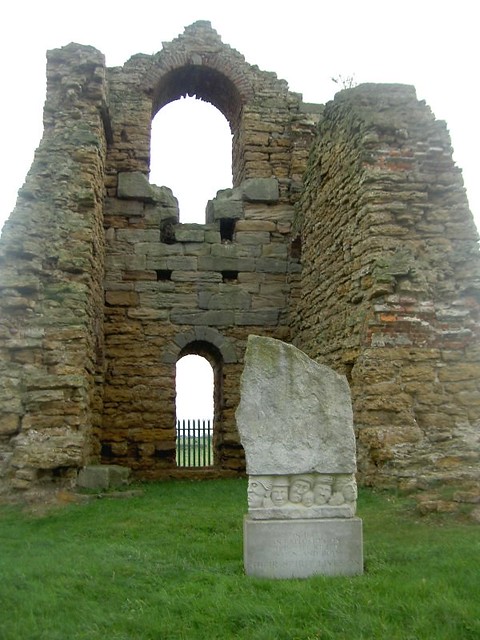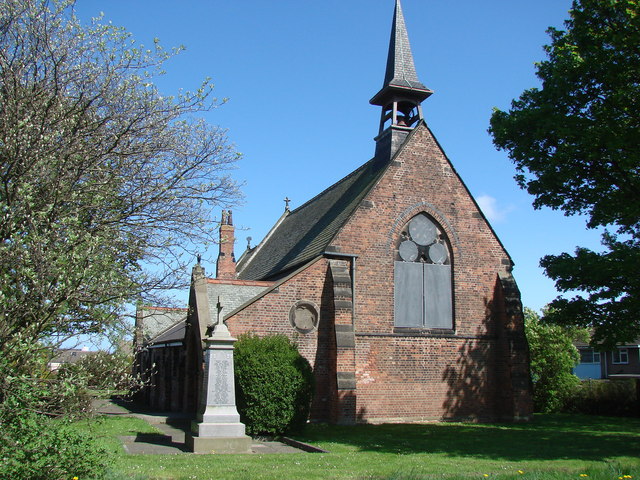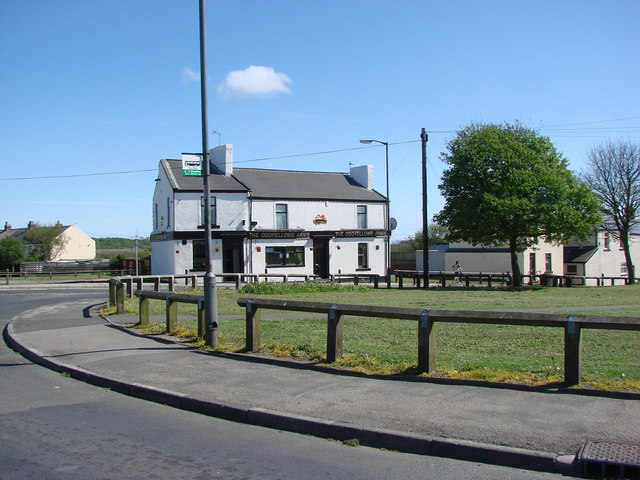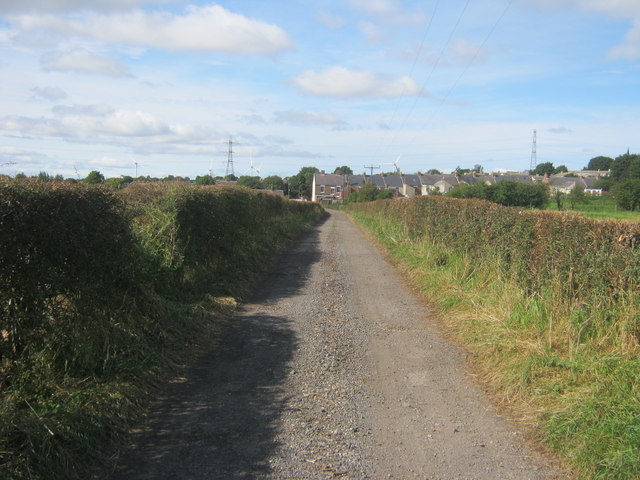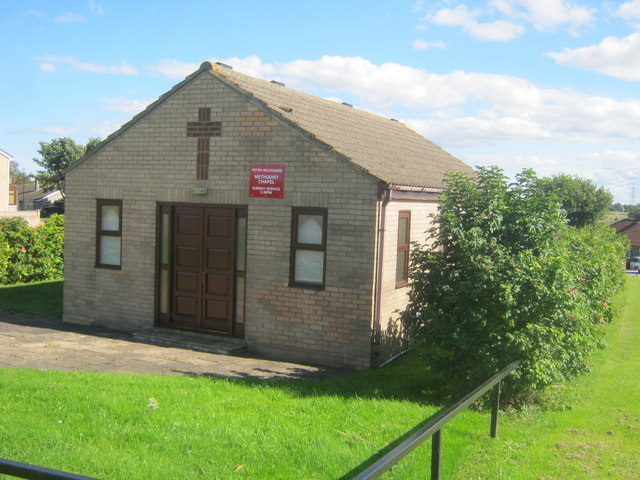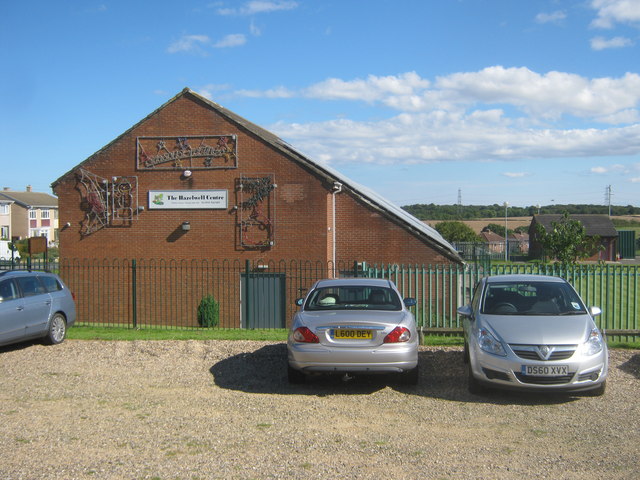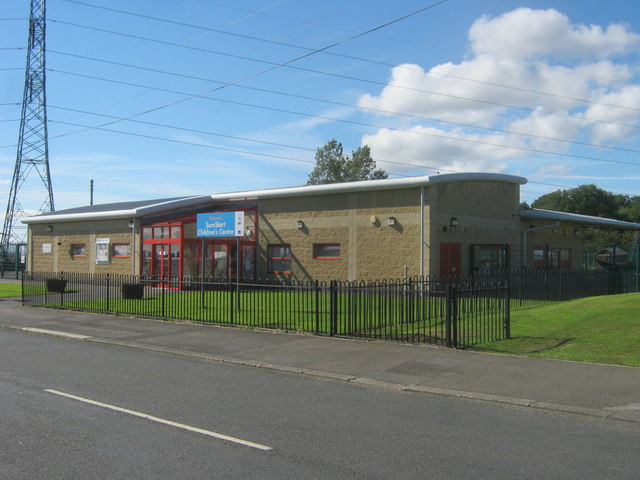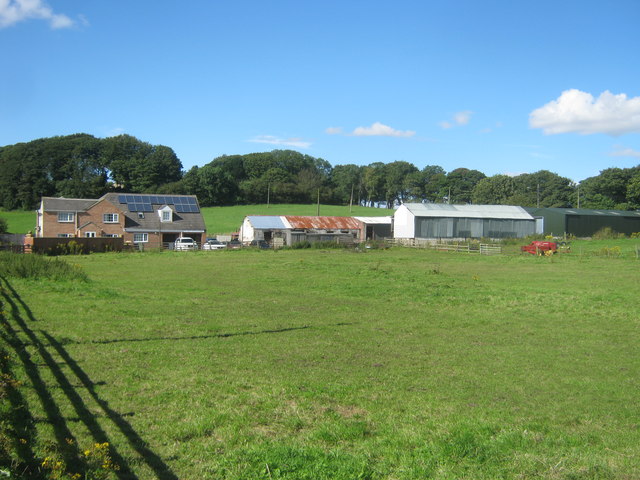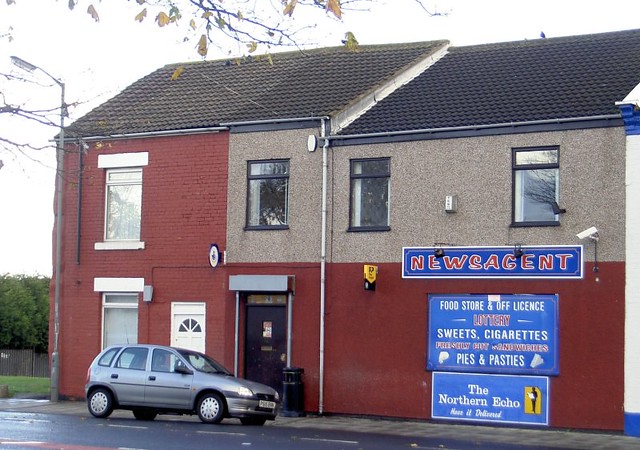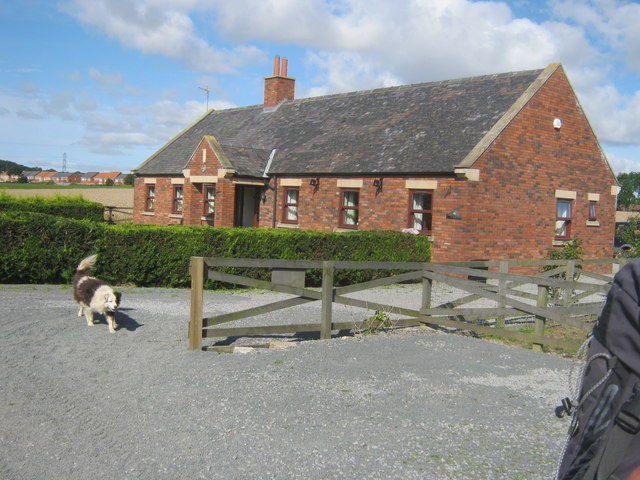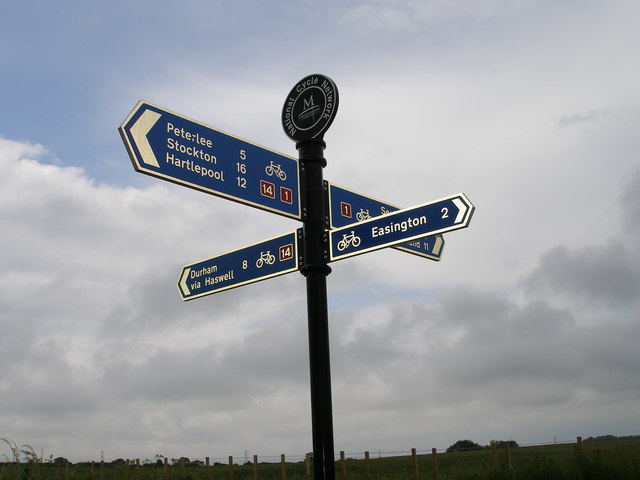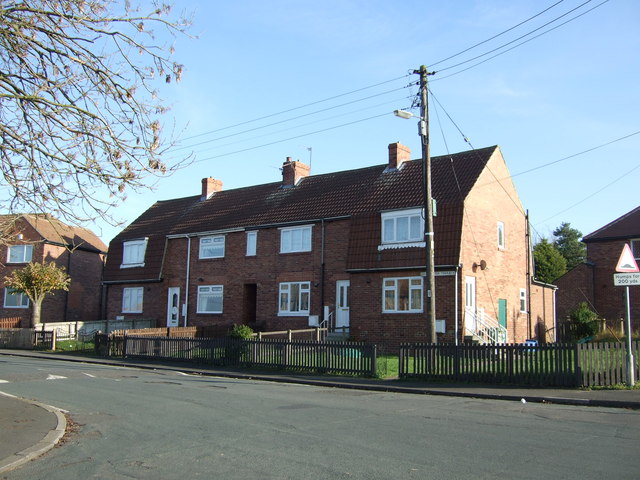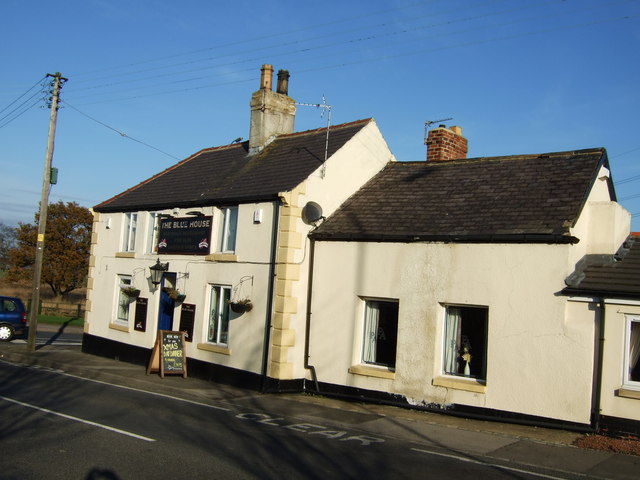Topics > County Durham > Haswell
Haswell
Haswell is a village in County Durham, in England. It is situated 9.8 kilometers (6.09 miles) east of the city of Durham, 14.46 kilometers
(8.98 miles) south of the city of Sunderland and 5.02 kilometers (3.12 miles) north-west of the town of Peterlee.
It is notable as the birthplace of English world champion road racing cyclist Tom Simpson, born 30 November 1937.
It was also the home of the world's first coal mine as we know it, being the first in the world with a steel cable down its mine shaft. This revolutionised the coal mining industry.
Haswell once had two railway stations - Haswell railway station.
Discovery of coal
The Anglo-Saxon roots of the former farming community of Haswell are apparent in its old English name – Haesel Wella or Hessewell – meaning a hazel well or spring. Indeed, the coal trucks used at Haswell Colliery many centuries later were made of hazel bands, suggesting a hazel grove may have grown nearby. The peaceful days of living off the land disappeared in the early 19th century however, once "black gold" – coal – was discovered beneath the rural landscape.
The 1833 sinking of the first shaft at Haswell Colliery, nestled between Haswell and Haswell Plough, saw hundreds of miners from around Britain flock to the area. New houses, churches, schools, pubs and shops were all built to accommodate their needs, as well as a thriving railway station, now long gone.
But the miners' strike of 1844, however, left the village divided. Haswell – a blackleg pit – recruited "scabs" in place of union men, causing much resentment among the locals. "Things had never been worse," recalled historian Lewis Burt in The Echo back in 1964. "Unrelenting poverty was everywhere. Barefoot children begged for bread" adding "But it wasn't only the poverty, though that was bad enough, it was the recrimination, the malice, the spite, the ill-will and the hatred."
Pit disaster
It took the mining accident of September 28, 1844, to reunite the village. When an explosion ripped through Haswell Colliery on that day, 95 men and boys perished. Several 10 year-olds were among the victims, including John Barrass, who was on his first visit to the pit. His father, William, also died.
"Those killed by the flame were blackened and scorched, some barely recognisable even by their nearest relations," said Mr Burt. "Those killed by choke damp showed no expression of pain. Twenty putters were found lying clasped hand in hand, huddled together in that long last sleep of death."
In Haswell's Long Row, every house except one lost loved ones. In one house, indeed, two coffins stood on the bed, one on the dresser and one on the floor. "Haswell was no longer a village of malice; it was a village of mourning. It had taken the Angel of Death to draw them together in a bond of common sympathy," said Mr Burt.
A government report was produced by Charles Lyell and Michael Faraday, after William Prowting Roberts the "miners' attorney general" held an inquest, which showed that the explosion was caused by coal dust igniting.
Mine closure
When the mine closed in 1895, Haswell was left in mourning again. The pitmen were forced to seek work elsewhere, the station shut and the cattle market closed down. Despite being condemned as a Category D village in the 1960s – doomed to wither on the vine without financial aid – Haswell refused to lie down and die. Today it has found new life as a countryside commuter village, with dozens of executive properties being built within its boundaries.
Visit the page: Haswell, County Durham for references and further details. You can contribute to this article on Wikipedia.
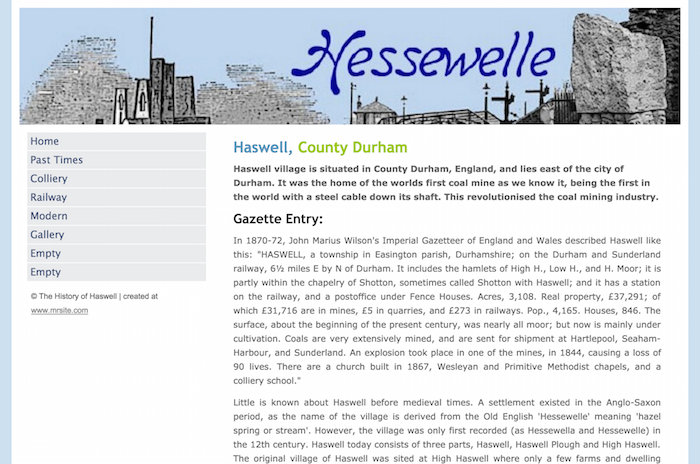
from http://www.haswell-history.co…
The History of Haswell
- "Haswell village is situated in County Durham, England, and lies east of the city of Durham. It was the home of the worlds first coal mine as we know it, …
Added by
Simon Cotterill
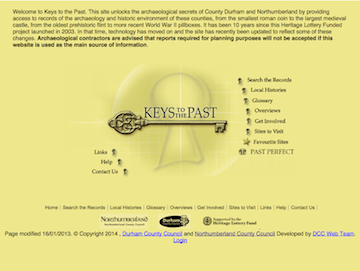
from http://www.keystothepast.info…
Haswell; Haswell Plough (County Durham) - Local History
- "Sadly, we know little about Haswell or Haswell Plough before the medieval period. There was certainly some kind of settlement here in the Anglo-Saxon period, as the name of the …
Added by
Simon Cotterill


from http://www.haswell-history.co…
The History of Haswell
- "Haswell village is situated in County Durham, England, and lies east of the city of Durham. It was the home of the worlds first coal mine as we know it, …
Added by
Simon Cotterill

from http://www.keystothepast.info…
Haswell; Haswell Plough (County Durham) - Local History
- "Sadly, we know little about Haswell or Haswell Plough before the medieval period. There was certainly some kind of settlement here in the Anglo-Saxon period, as the name of the …
Added by
Simon Cotterill
